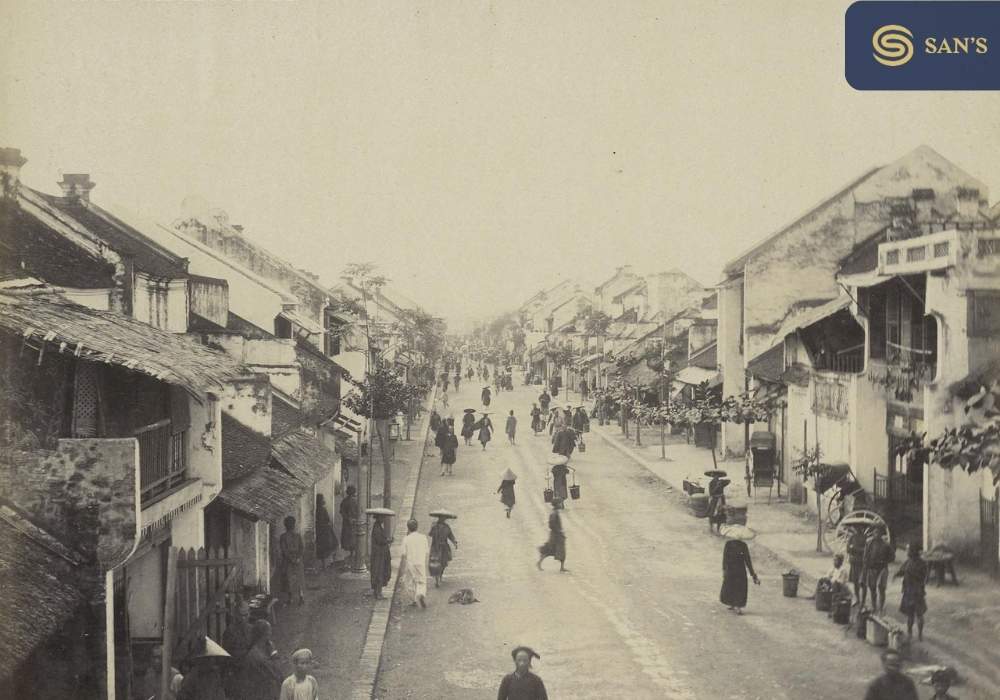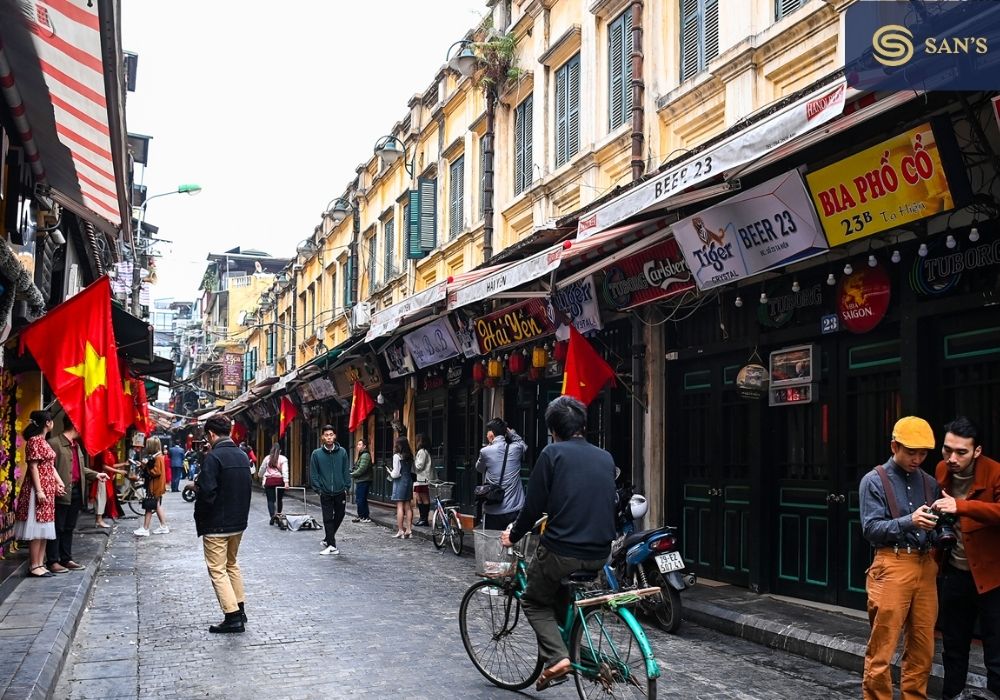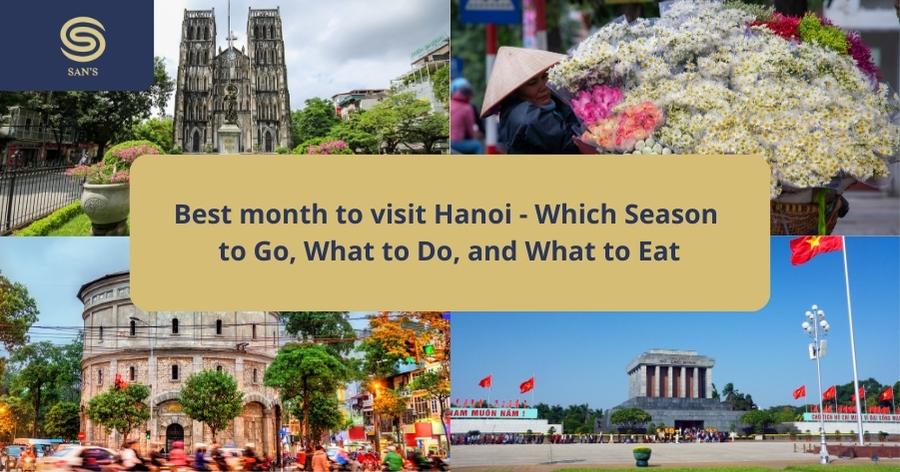Hanoi, the capital city of Vietnam, is a blend of the old and the new. The city’s history dates back over a thousand years and is a fascinating mix of cultures, from ancient Chinese influences to more recent French colonial ties. One of the main attractions, and indeed its heart and soul, is the 36 Streets in Hanoi.
This bustling commercial sector, located in the historic Old Quarter, is a labyrinth of narrow streets and alleys teeming with life. Each street in this intricate maze was named after the trade that was once practiced there, giving a glimpse into the life of Hanoi in days gone by.
The 36 Streets in Hanoi are not only a testament to Hanoi’s thriving commerce but also a living museum of its rich cultural and historical heritage. This area, which has been the commercial center of the city for centuries, continues to play a crucial role in the daily lives of the Vietnamese people, and its exploration is essential for anyone wishing to truly understand the essence of Hanoi.
The Historical Evolution of 36 Streets
The 36 Streets in Hanoi have a history that spans many centuries, tracing back to the Ly Dynasty in the 11th century. During ancient times, this area was a bustling center of commerce and trade, with each street specializing in a specific trade or craft, a tradition that continues to this day. This specialization not only helped the local economy to thrive but also contributed to the organized growth of the city.
-

Jean Dupuis Street, or Hang Chieu Street, seen from above.
Over the centuries, the 36 Streets in Hanoi have witnessed significant changes, from the rise and fall of dynasties to the impacts of colonization and modernization. During the French colonial period, for example, the area underwent significant architectural changes, with many buildings reflecting a blend of Vietnamese and French styles. Despite these changes, the streets have retained their historical character and continue to be a vital part of the city’s cultural fabric.

The names of the streets in the 36 Streets area are indicative of the trades and crafts that were historically practiced there. For example, Hang Bac Street was known for silver and jewelry making, Hang Gai for silk, and Hang Duong for sugar and confectionery. Although some streets have diversified and no longer exclusively sell the products they were named after, many still specialize in their traditional trades, preserving a unique aspect of Hanoi’s history and culture.
A Journey Through the 36 Streets
Exploring the 36 Streets in Hanoi is like taking a step back in time. As you wander through the narrow streets and alleys, you will encounter a myriad of sights, sounds, and smells that reflect the rich tapestry of Hanoi’s history and culture. From street vendors selling traditional Vietnamese foods to artisans crafting their wares, the 36 Streets offer a glimpse into the daily life of the Vietnamese people.
The 36 streets of Hanoi currently are:
- Hang Buom
- Hang Ngang
- Hang Ma
- Hang Mam
- Hang Trong
- Hang Be
- Hang Bo
- Hang Bac
- Hang Giay
- Ma May
- Dong Lac
- Hang Dao
- Hang Chieu
- Lan Ong
- Nguyen Du
- Hang Lam
- Dong Xuan
- Thanh Ha
- Hang Gai
- Hang Day
- Hang Che
- Hang Muoi
- Quang Minh Dinh
- Hang Duong
- Hang Manh
- Hang Hom
- Hang Ga
- Hang Dong
- Hang Non
- Hang Vai
- Hang Luoc
- Hang Bong
- Lo Su
- Bac Ninh
- Hang Tre
- Hang Voi
The architecture of the 36 Streets is a blend of the ancient and the modern. Many buildings still retain their original facades, with intricate carvings and ornamental designs. Ancient houses, some of which are over a century old, stand side by side with more modern structures. Historical landmarks such as the Bach Ma Temple, one of the oldest temples in Hanoi, can also be found in this area.
>>> Explore French Quarter Hanoi
-

36 Streets in Hanoi
Each street in the 36 Streets area has its own unique character and charm. For example, Hang Gai Street is famous for its silk products and tailor shops, while Hang Bac Street is known for its silver and jewelry shops. Hang Ma Street, with its colorful paper products and festive decorations, is particularly lively during the Tet holiday and other festivals. Hang Duong, known for its sweets and dried fruits, is a must-visit for food lovers. Each street offers a different experience, and exploring them all is a rewarding adventure.
The Culture and Lifestyle of 36 Streets
The 36 Streets are a living testament to the rich culture and traditions of Vietnam. As you explore the area, you will notice that many of the traditional crafts and trades that have been practiced for centuries are still very much alive today. From skilled tailors and silversmiths to craftsmen creating intricate wooden carvings and ceramics, the 36 Streets are a hub of creativity and craftsmanship.
-

36 Streets in Hanoi
The Vietnamese people living and working in the 36 Streets lead a busy and industrious lifestyle. From the early morning until late at night, the streets are buzzing with activity. Shopkeepers open their stores, street vendors set up their stalls, and artisans begin their work. The sense of community is strong here, and it’s common to see neighbors chatting and sharing a cup of tea or a meal. Despite the modernization of Hanoi, the lifestyle of the people in the 36 Streets remains rooted in tradition.
The 36 Streets are a paradise for food lovers and shoppers alike. You can find a wide variety of traditional Vietnamese foods, from steaming bowls of pho to delicious banh mi sandwiches. The streets are also a great place to buy traditional Vietnamese crafts and souvenirs, such as silk fabrics, lacquerware, and hand-embroidered items. Whether you’re looking for a tasty treat, a unique gift, or a piece of art, the 36 Streets have something to offer.
Tips for Navigating the 36 Streets
The 36 Streets can be a bit overwhelming for first-time visitors, but with a little preparation, it is easy to navigate. The best time to visit is in the morning when the streets are less crowded, and the weather is cooler. Walking is the best way to explore the area, as the streets are narrow and often crowded with pedestrians, motorbikes, and street vendors. However, be mindful of the traffic and keep an eye out for motorbikes and bicycles.
-

36 Streets in Hanoi
While there are countless shops and restaurants to explore in the 36 Streets, there are a few that stand out and are worth a special visit. For silk products, head to Hang Gai Street, where you will find numerous shops selling high-quality silk fabrics, clothing, and accessories.
When interacting with the locals, it is important to be polite and respectful. A smile and a friendly greeting can go a long way. It is also important to be aware of and respect local customs and traditions. For example, it is considered impolite to point your feet at someone or to touch someone’s head. Also, it is customary to remove your shoes when entering someone’s home or a temple. When shopping, it is acceptable to bargain, but do so politely and with a smile.
The 36 Streets of Hanoi are not just a bustling commercial hub, but a living museum that reflects the history, culture, and spirit of the Vietnamese people. Each street, with its unique name, history, and collection of shops, tells a story of the past and present. From ancient architecture to traditional crafts, delicious street food, and the vibrant energy of the locals, the 36 Streets offer a glimpse into the soul of Hanoi.
Experiencing the 36 Streets is a must for anyone visiting Hanoi. Beyond the guidebooks and tourist attractions, it is in the everyday life of the 36 Streets that you will find the true heart of Hanoi. So, take a walk, explore the shops, sample the food, and interact with the locals. In doing so, you will not only discover the charm of the 36 Streets but the warmth and hospitality of the Vietnamese people.





